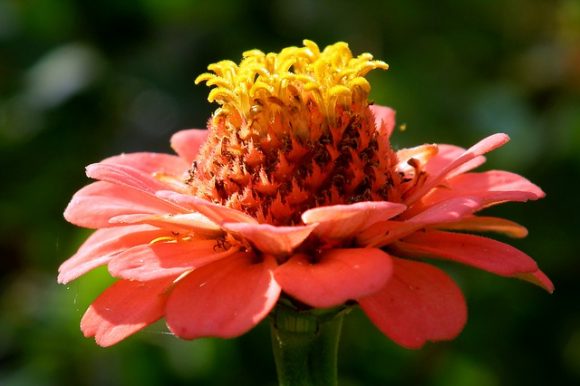All posts tagged dahlia-flowered zinnia
Zinnia Flower: The Sacred Plant For Life And Wisdom
Zinnia is a low, coarse, upright perennial flowering plant native to South and North America. The plant occurs in dry fertile grasslands in full sun and rarely thrives in wet conditions. Zinnia flowers thrive in hot weather and bloom throughout summer. The flowers come in various colors including red, yellow, orange, pink, white and lavender. Continue reading [...]

